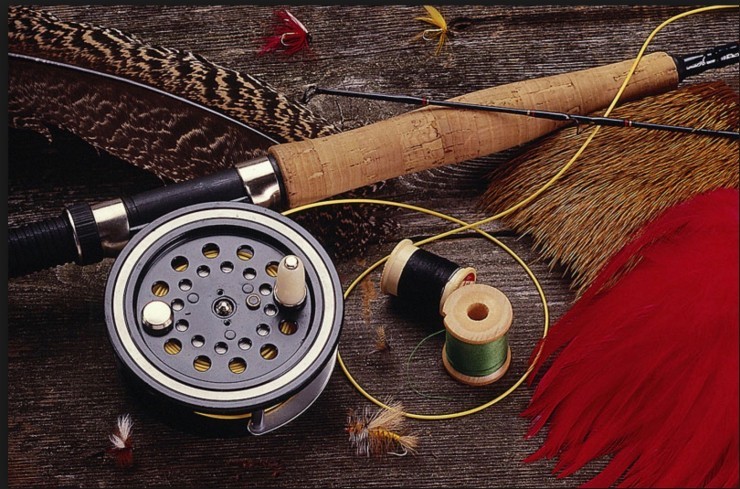The Rising Popularity of Fly Fishing for Pike
When most people think about fly fishing, they envision fishing in small streams and rivers, frantically whipping a rod back and forth all in the hopes of catching a few small trout. However this is very quickly changing. The popularity of fly fishing is rising, not only for trout, but many other species including northern pike.
For anyone who has ever caught a pike, you know the ferocity of these fish and how exciting the fight is. Would you ever think that fight could be even more exhilarating? Well that’s what you get when you catch a pike on the fly! The length of the rod, the flex of the rod and the 1:1 ratio of the reel makes for a whole new experience when fighting these fish. If you are thinking you’d want to experience this new way to catch these amazing fish, the following is some of the equipment you will need, as well as a few pointers.
Rod and reel:
You are going to want an 8 or 9 weight rod and reel to match. This will give you the strength to land the fish as well as the ability to throw the bigger flies.
Line:
For the most part you will want FLOATING line. Pike are generally hanging out in the weeds, so you are going to want to keep your fly above those weeds, which floating line will make easier. Make sure it’s a high quality weight forward line as this will help with your casting. During certain time of the year you may want to consider a sinking line as the pike move to deeper cooler water and the sinking line will help you target them.
Flies:
Large streamers are usually the way to go. I really like bright and shiny colors but, as with any fish, the best color and pattern will change from day to day.
Tippet - When fly fishing for pike, I will often use normal mono line for tippet as it’s often cheaper and doesn't seem to perform any different than fly fishing specific tippet.
Leader - For a leader, you can use a tie-able leader material, however I find it very pricey and doesn't tie as well as it needs to. A normal steel leader that you would use for spin-casting works just as well and makes it easier to swap out flies.
To help get you started:
Practice your casting in your yard; whether you have fly fished or not, it’s important to get a bit of practice in. When fly fishing for pike you are using a heavier rod and bigger flies than you would for trout, so it will be a little different. So get out in your back yard, use a practice fly or cut the hook off a cheap one and get practicing!
It’s all about tempo:
In order to throw that light fly, you need to constantly have tension on the line during your cast. This means starting with shorter fast movements in the start of your cast, slowly moving to longer more pronounced movements as you let more and more line out. Again, practicing before your trip will help with this, as you will have them feel and tempo down for throwing those bigger flies.
Use the water to create tension. If you’re having trouble keeping tension, try using the water to help keep the tension. Allow your fly and your tippet to land on the water on your forward cast. Moving through the water as you start your back cast will add tension to your line and help you have a more powerful cast. Be careful with this though. You’ve got to have a slower and smoother back cast when doing this, as too quick of movements can cause too much tension from the water and cause your line to snap.
Do what feels best for you:
Just like no two golf swings are the same, no two people will cast a fly the same. For the most part I taught myself to fly fish, which means I'm far from a good technical caster, but I continue to cast further and more accurately than many fly fisherman because I know what works for me. Formal lessons or watching a few YouTube videos is a good way to start, but don’t get too focused on trying to copy someone else’s cast, as what works best for them might not work for you.

